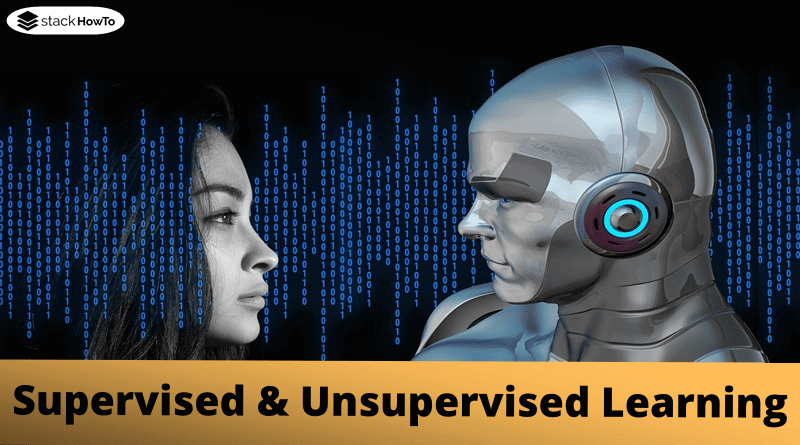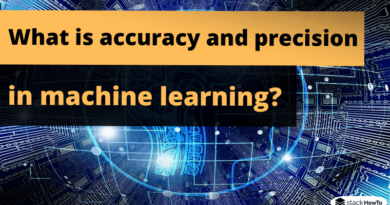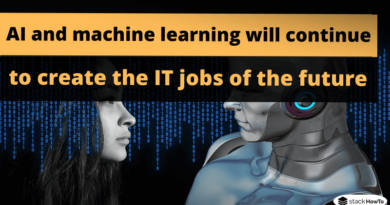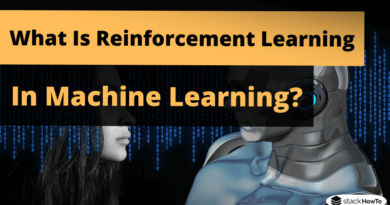What is Supervised And Unsupervised Learning?
You may have heard of the terms of Supervised Learning and Unsupervised Learning, which are approaches to Machine Learning. In this article, we want to bring both of them closer to you and show you the differences, advantages, and disadvantages of the technologies.
What is Supervised Learning?
Supervised learning is one of three approaches to machine learning. This is one of three approaches in the context of machine learning. Another approach is defined by Unsupervised Learning, which we will explain in more detail later in this article. Both methods are summarized under the term Machine Learning. The third approach mentioned in the context of machine learning refers to so-called reinforcement learning.
Supervised learning is a guided method that aims to provide training data for building the model. These training data contain an annotated group membership. New data are grouped using a statistical forecast as a basis.
How is supervised learning applied?
The goal of supervised learning is to assign the data given by the users to a group or a class if the data set cannot be evaluated manually. For example, in the context of the loan approval, where the decision is based on the creditworthiness or the loan amount. The core task of supervised learning is to build a model with the help of sample data in order to complete the assignment independently.
What is Unsupervised Learning?
Unsupervised Learning defines a data-driven process that determines a fixed pattern in the existing data. Unlike supervised learning, data grouping does not initially exist. The goal is to create this grouping.
How is unsupervised learning applied?
This method is about identifying the unknown relationships and structures in the data. The division and grouping of individual data are known. The algorithms used in this method must be able to independently identify the so-called clusters, i.e. the structures.
The goal is to build a model with which the data can be assigned to the existing clusters. The type and number of these structures changes with the existing data volume. This method does not simply estimate new data but integrates it into its own model. Users usually need vast amounts of data to build a stable model. Thus, this method is not suitable for all use cases.
Supervised Learning vs. Unsupervised Learning: The Differences
Unlike supervised learning, the unsupervised learning system does not know what to recognize. The data is divided into clusters, but the system does not know under which label this data falls.
Example: Let’s make the difference between dogs and cats as an example: If the system is to process images of animals, all images that look like dogs or cats are categorized. The pictures are then divided into groups without specifying which picture represents a dog and which a cat. The reason for this is that the definition has not yet taken place by the user. This is why this method is always used when the user does not yet know the data and is therefore not able to make specifications. With supervised learning, things look different because the user already knows the ground truth.
The advantages and disadvantages of the two procedures
Advantage of supervised learning
The procedures used in supervised learning can be easily understood due to their structured properties. Users have the option of comparing different methods, parameterizing them, and finding the optimal solution for the application. This makes traceability much easier than is the case with the unsupervised learning methods.
Disadvantage of supervised learning
However, this has the disadvantage that this method can only be used with increased manual effort.
Advantage of unsupervised learning
This also shows the advantage of unsupervised learning: The model creation is partially fully automated. This makes it possible to determine good forecasts in relation to new data. It is also possible to create completely new content.
Disadvantages of unsupervised learning
The disadvantage is based on the so-called overfitting and underfitting. The former describes the incorrect assignment of new, unknown data. The latter describes the case in which too little data is available, which results in inaccurate classification and can lead to poor prediction results.





